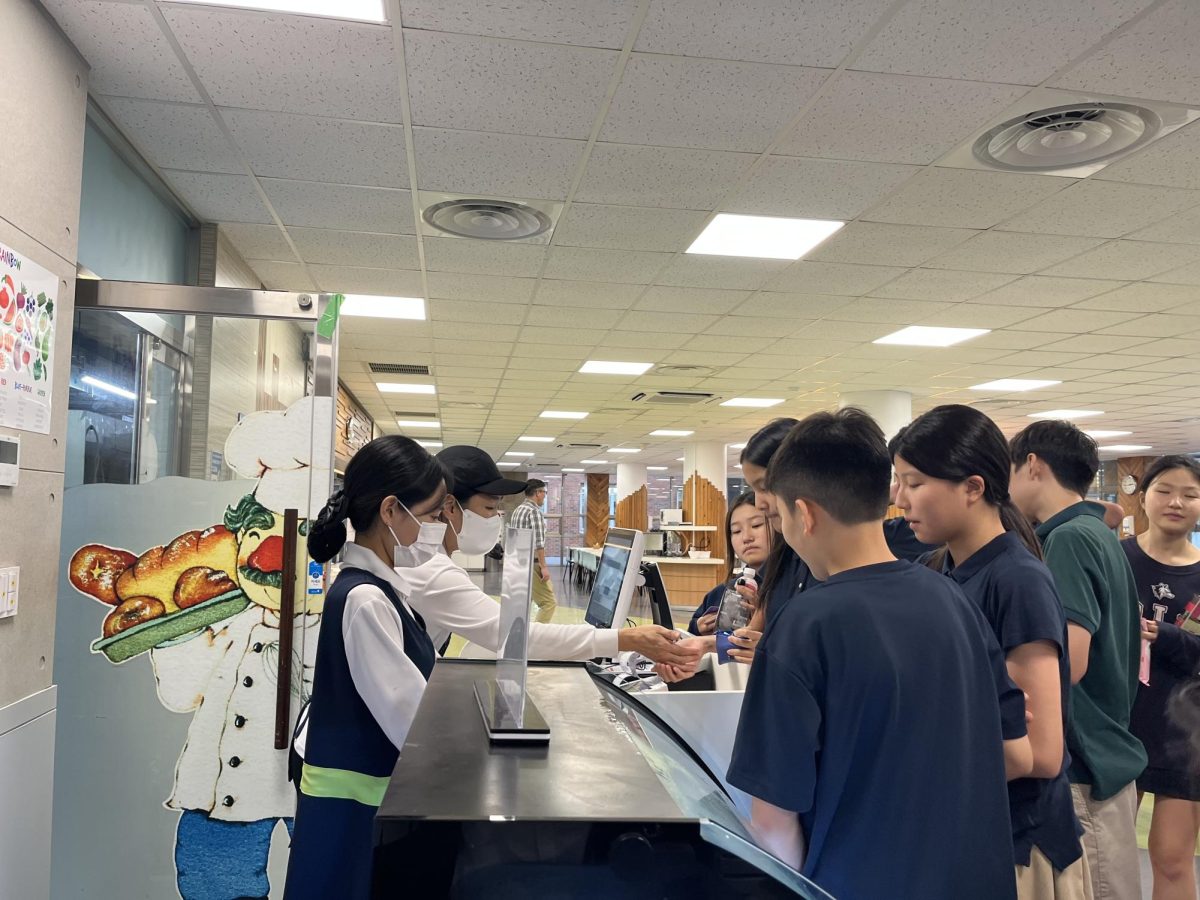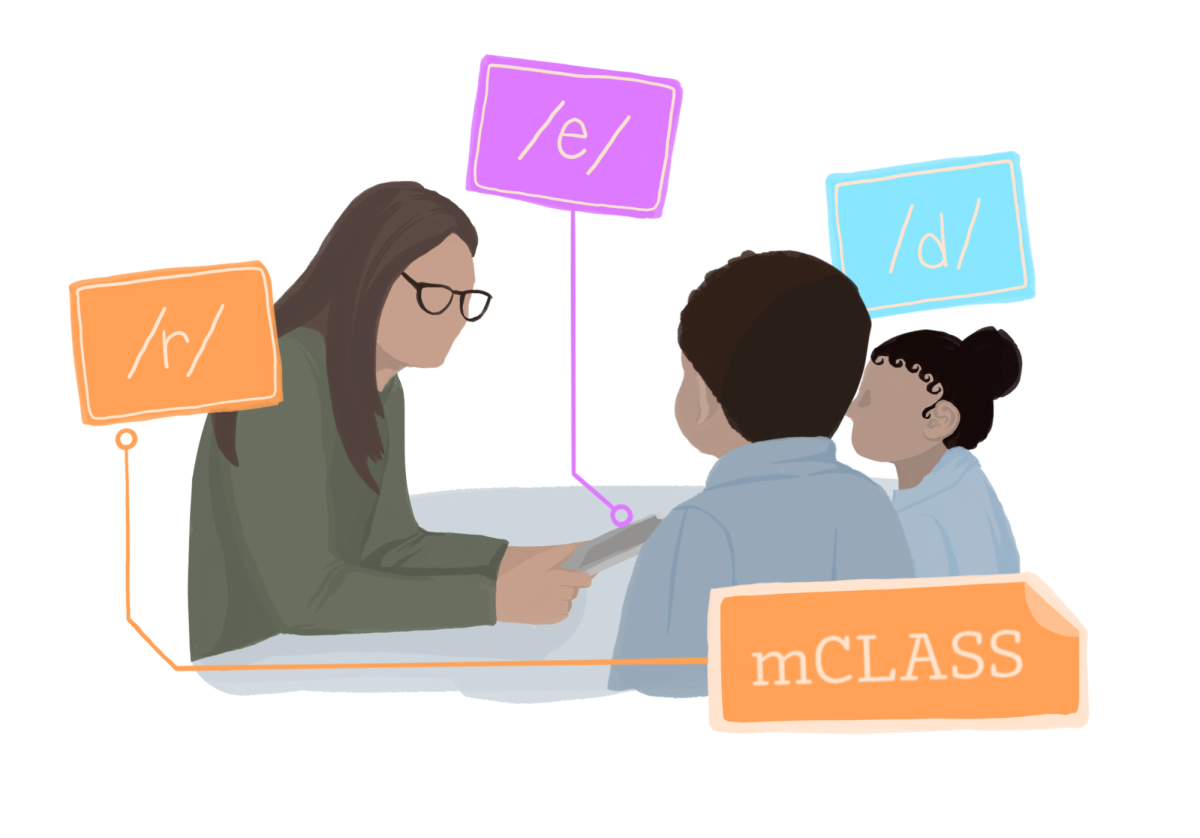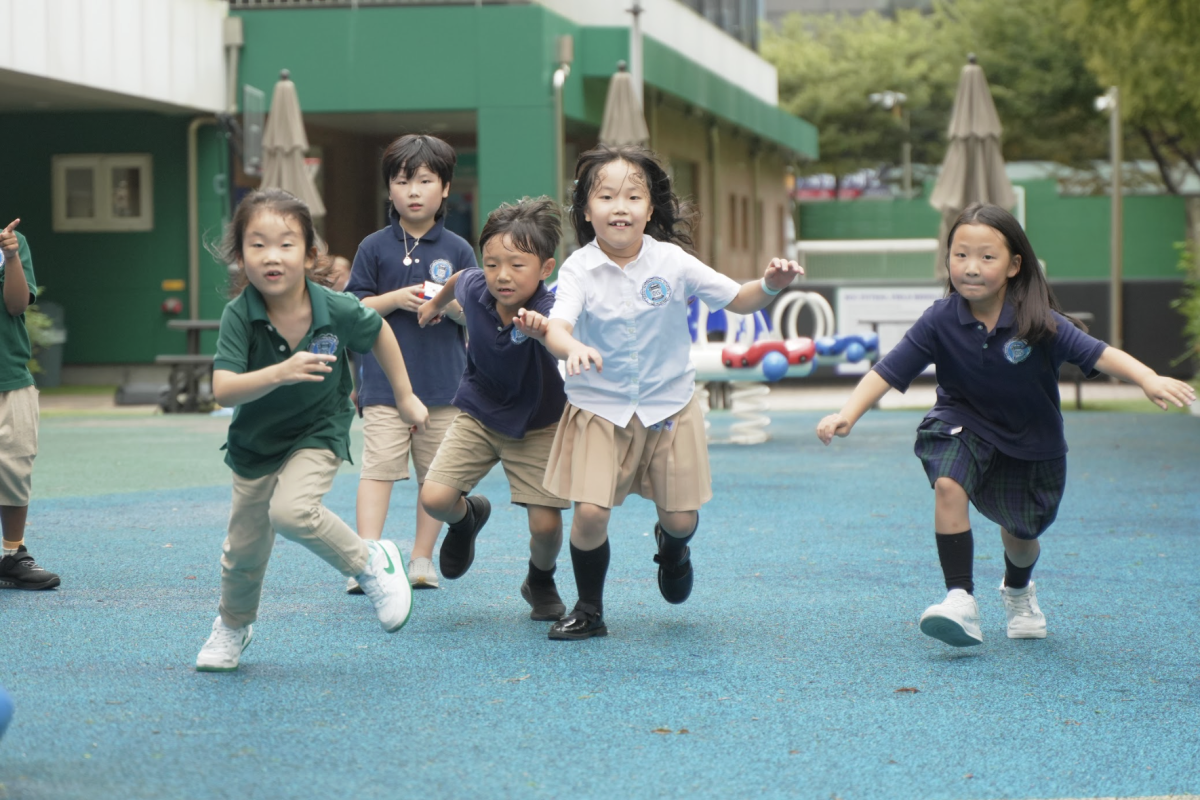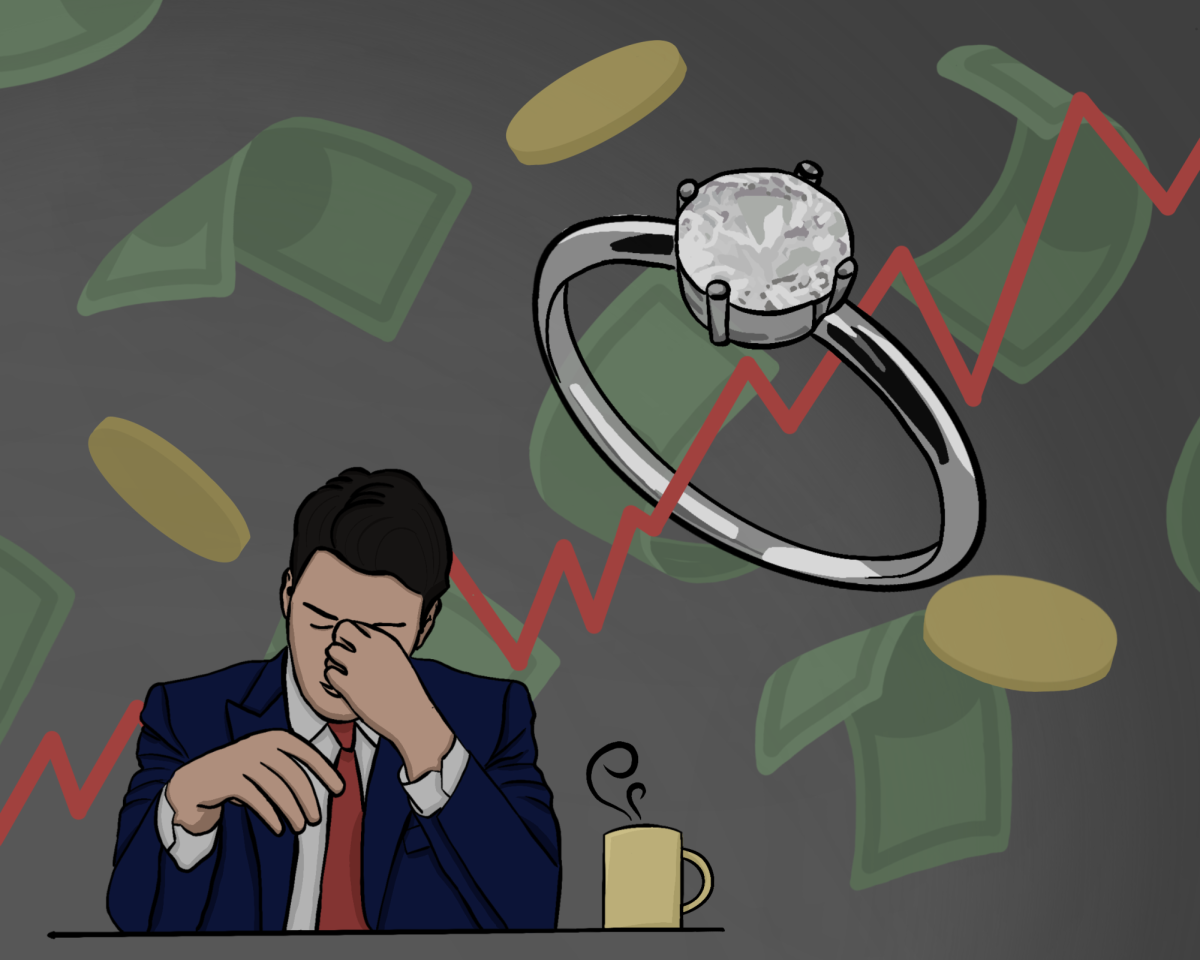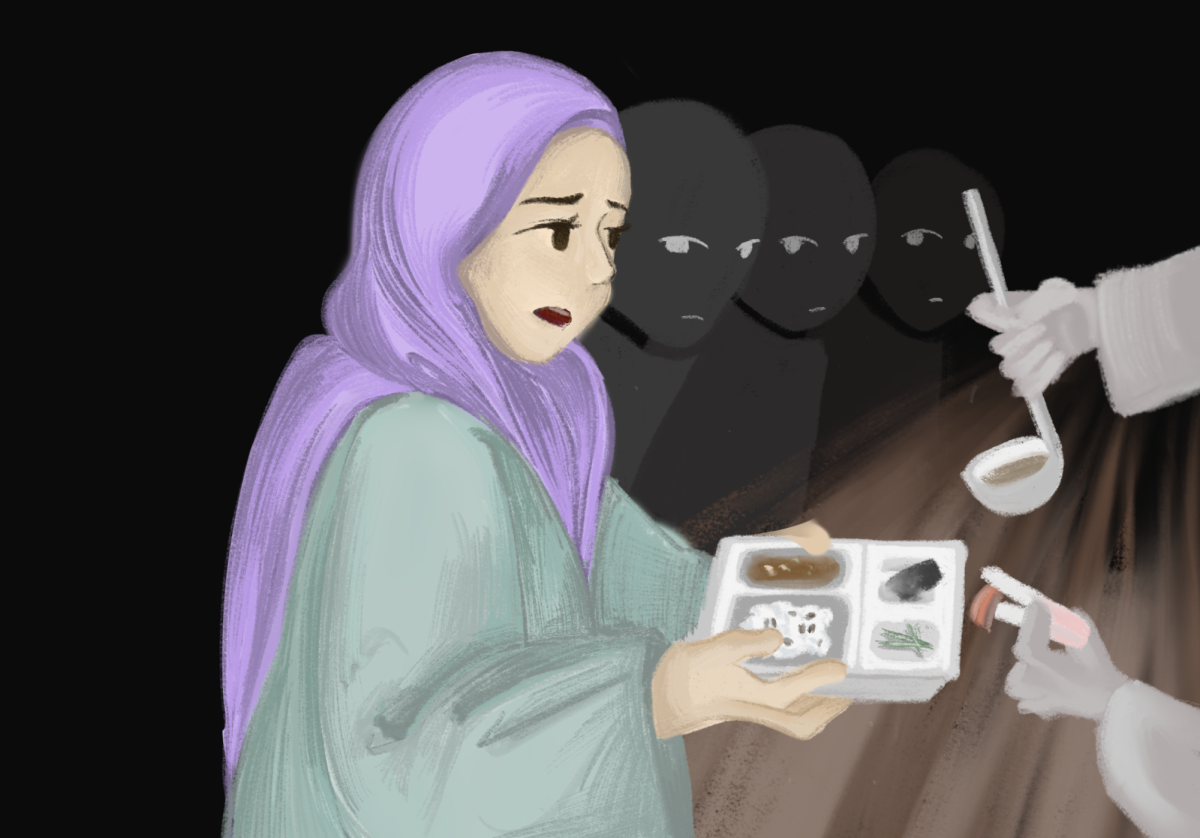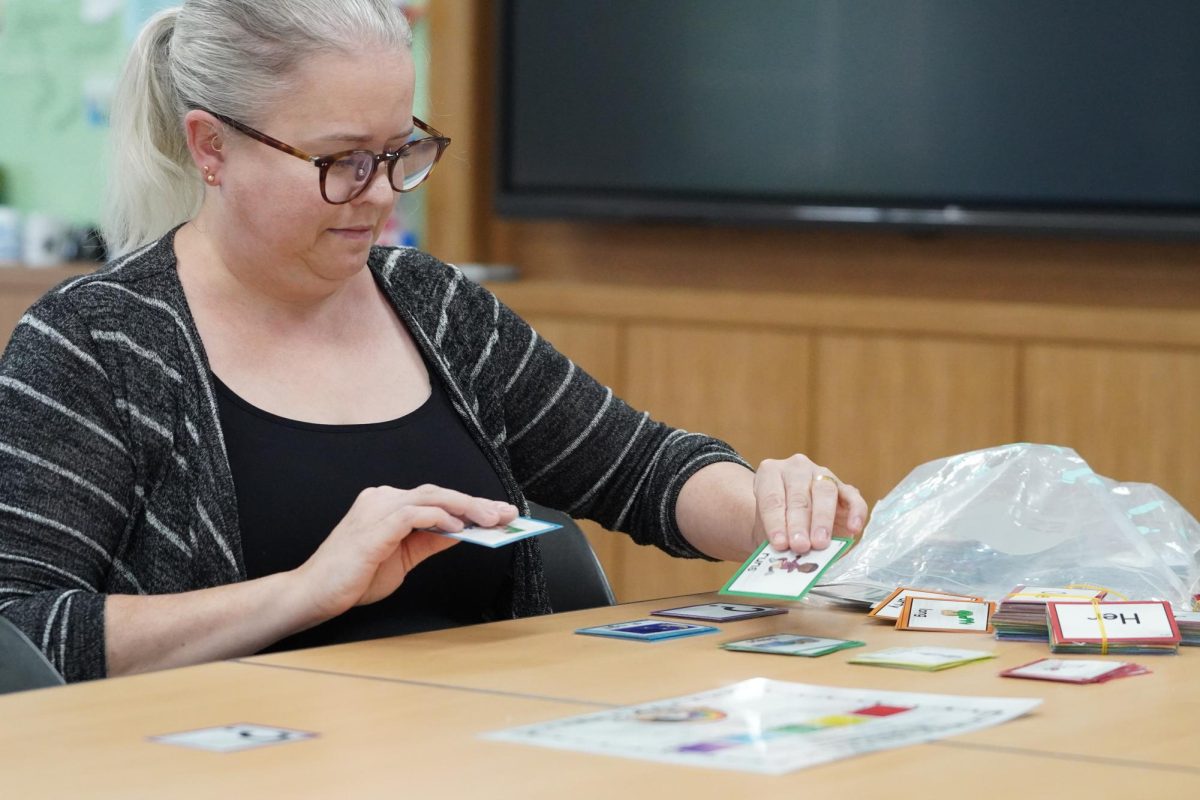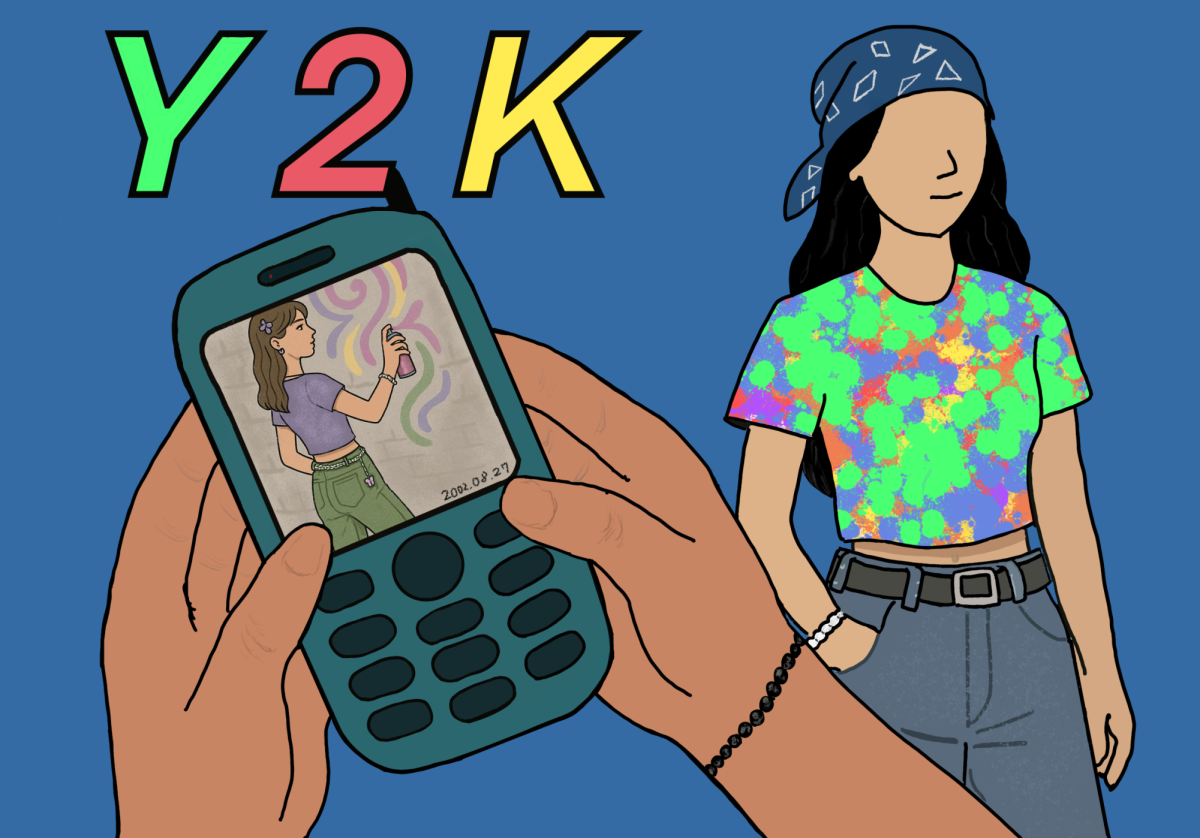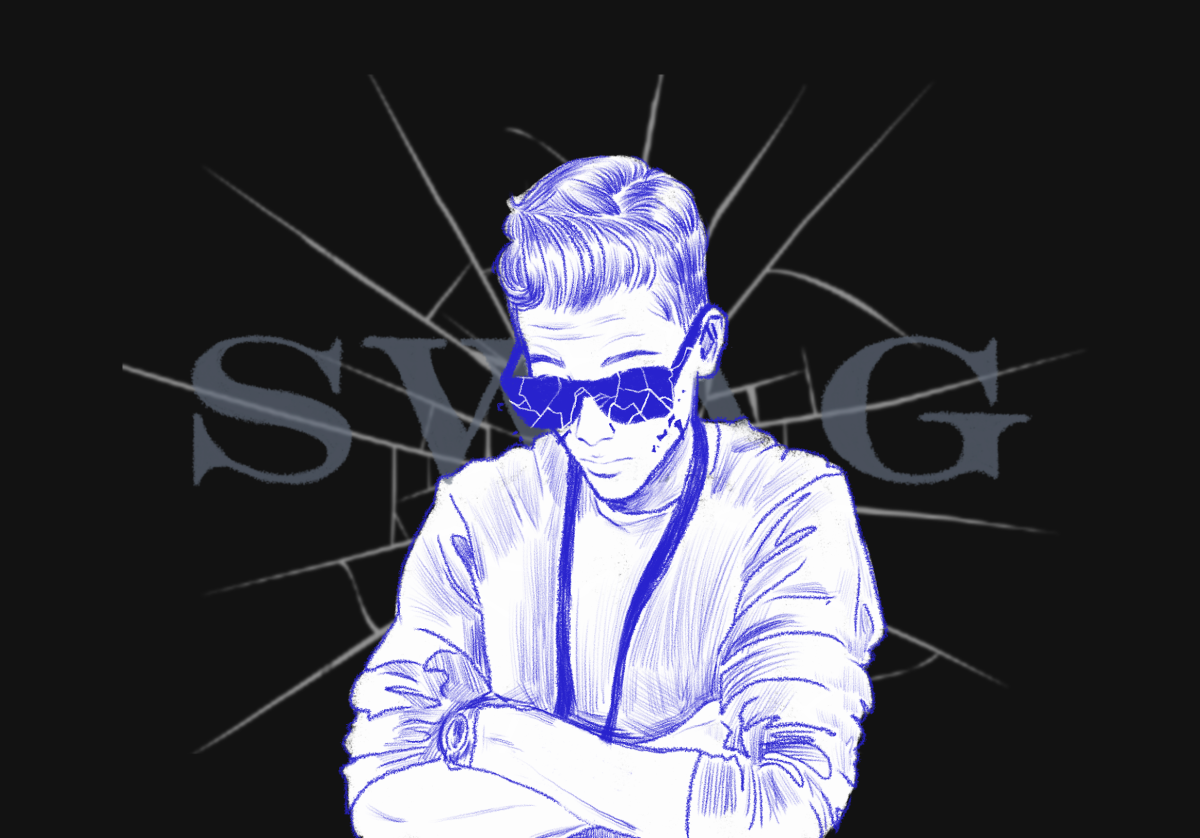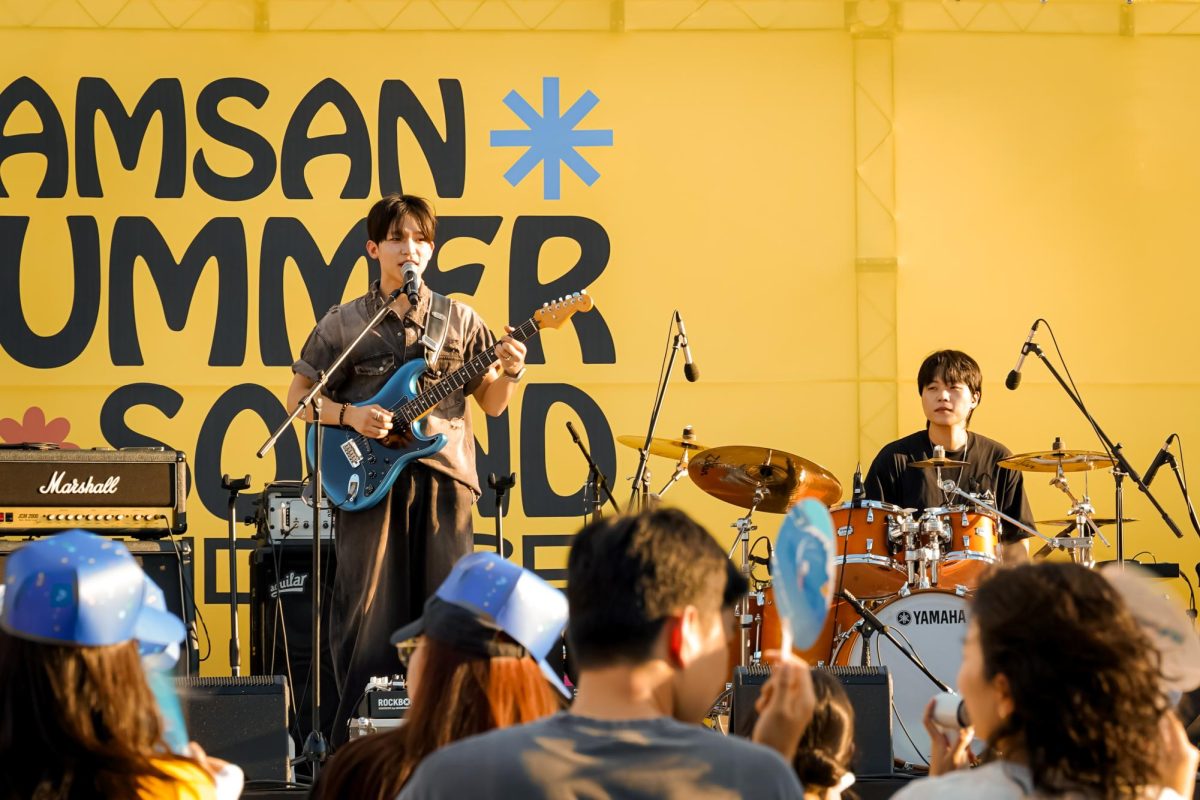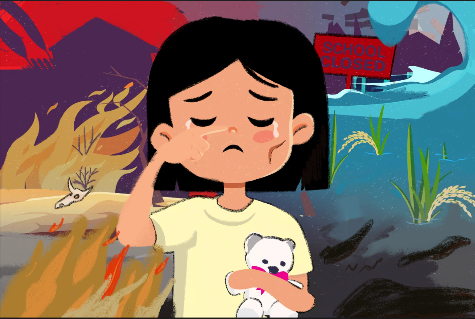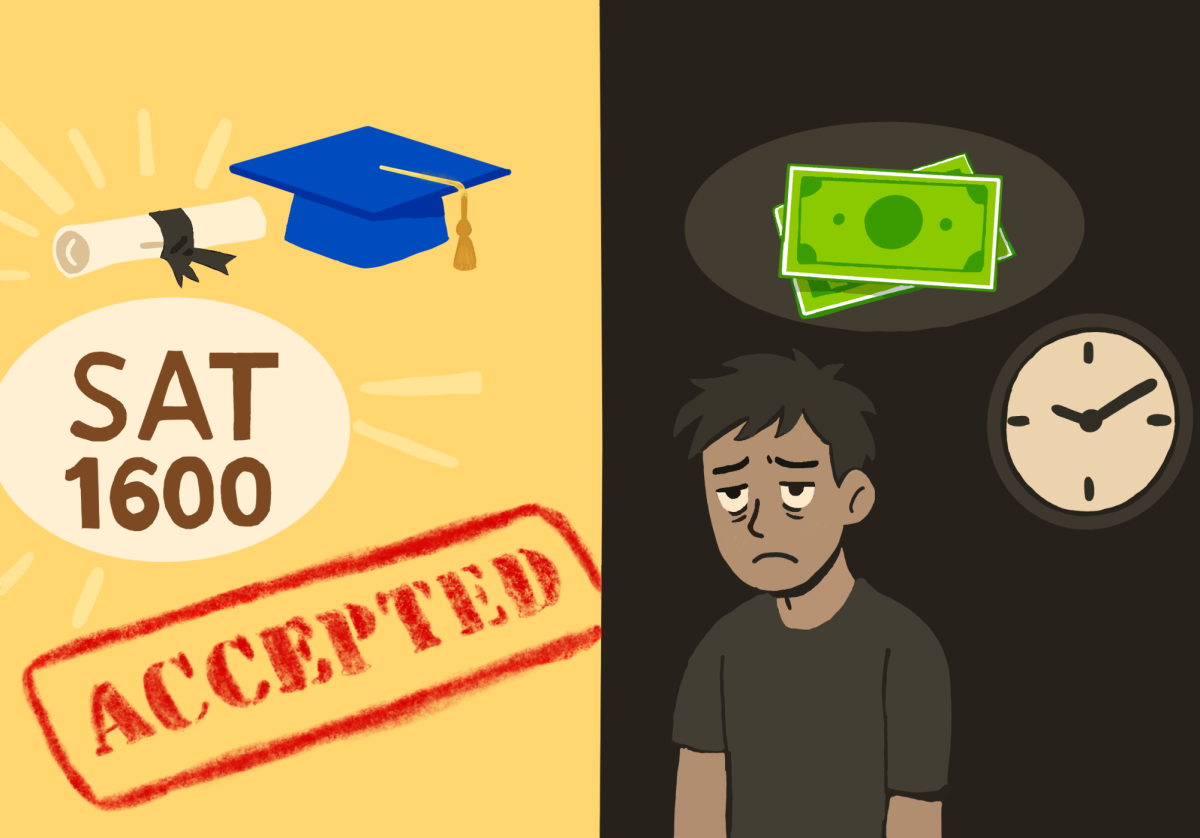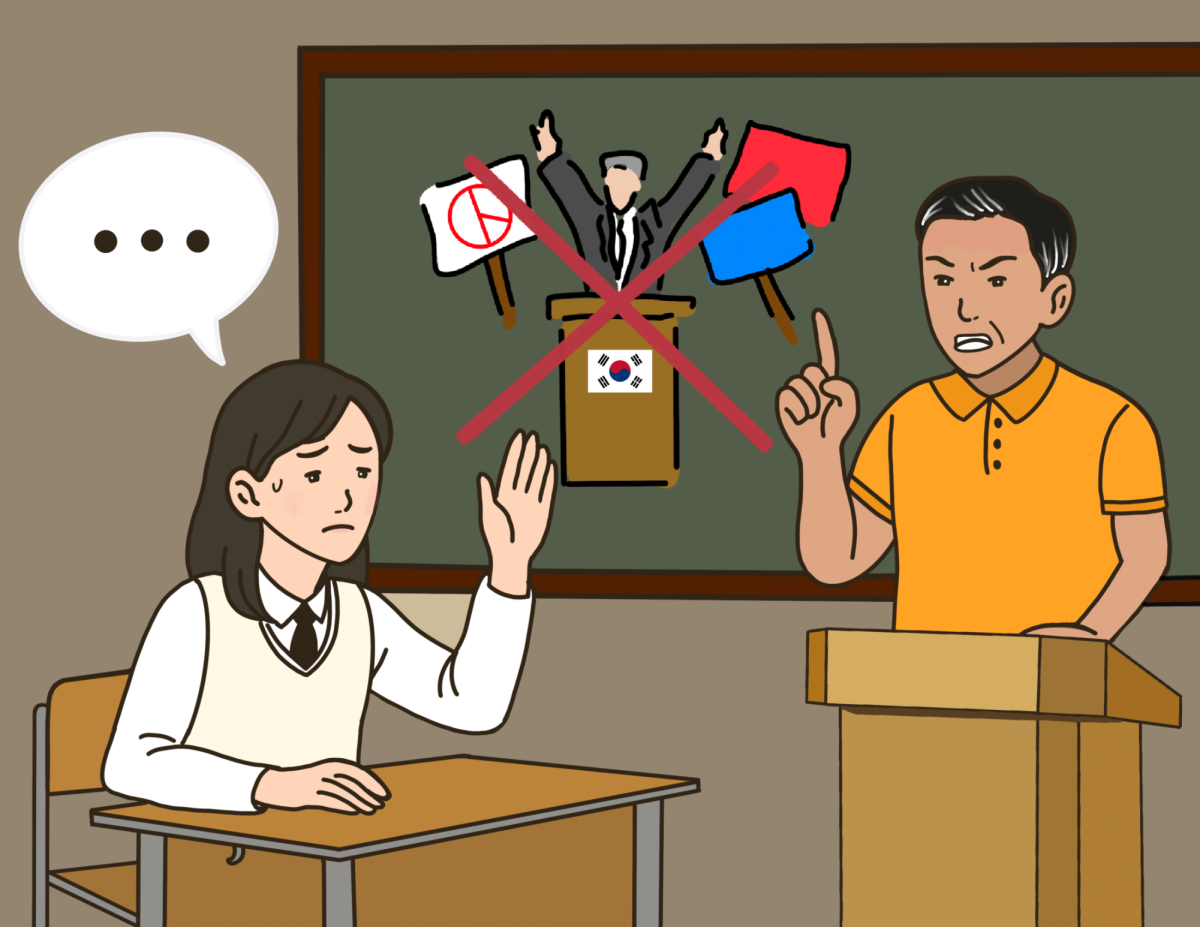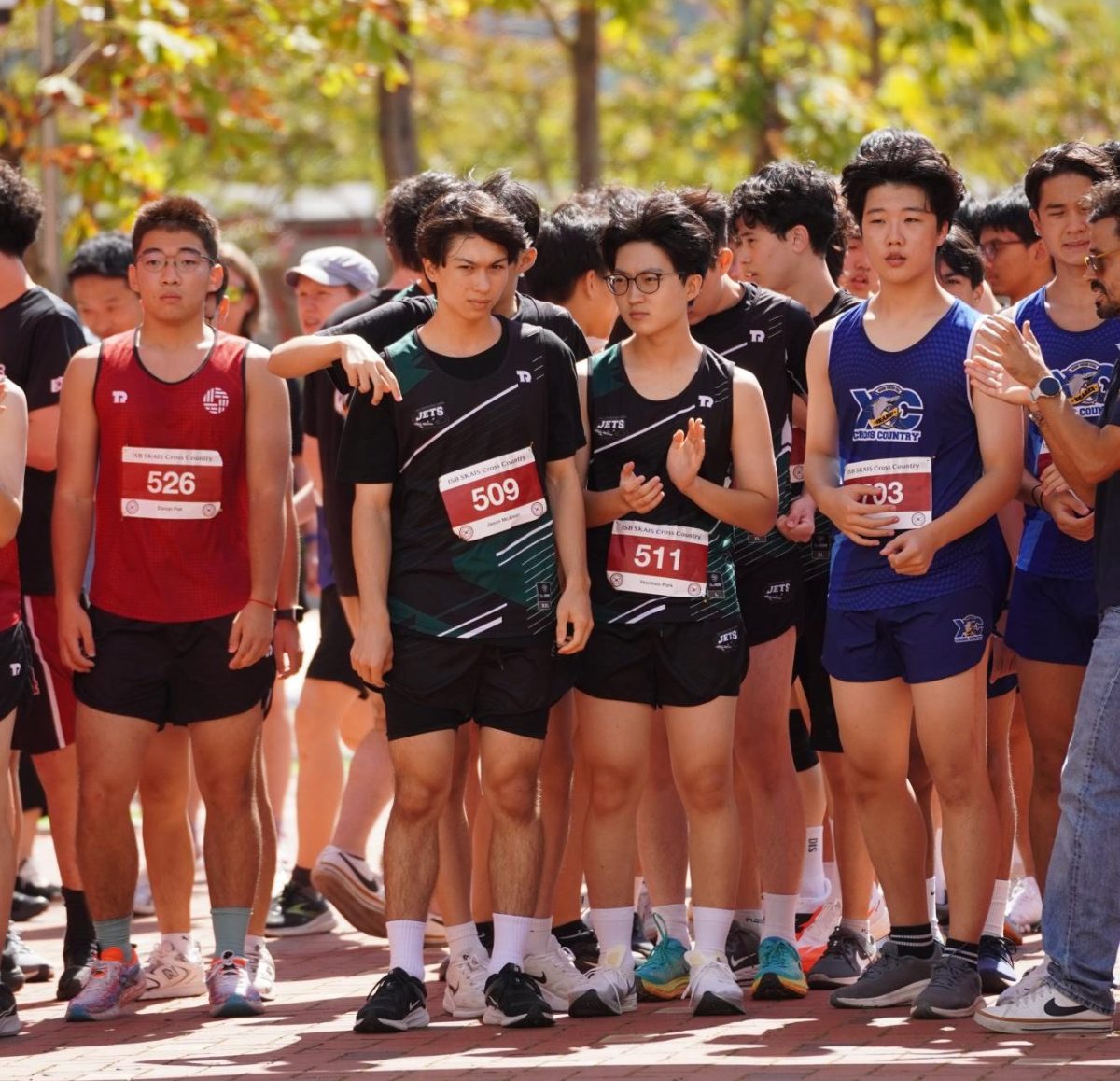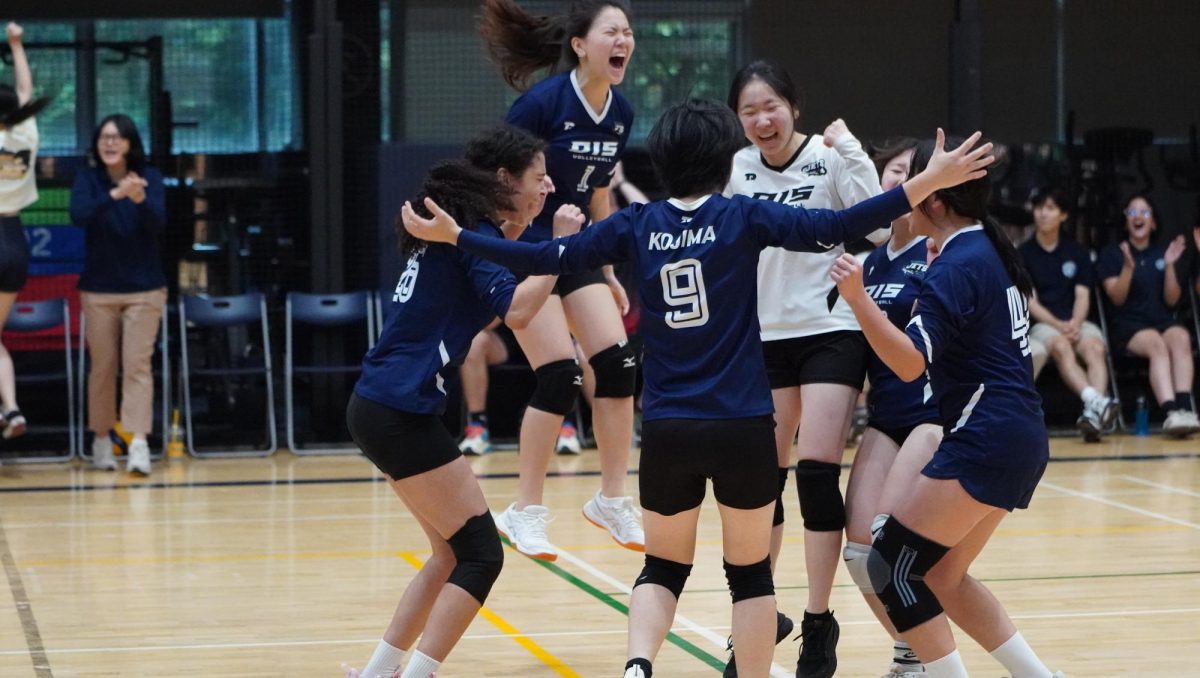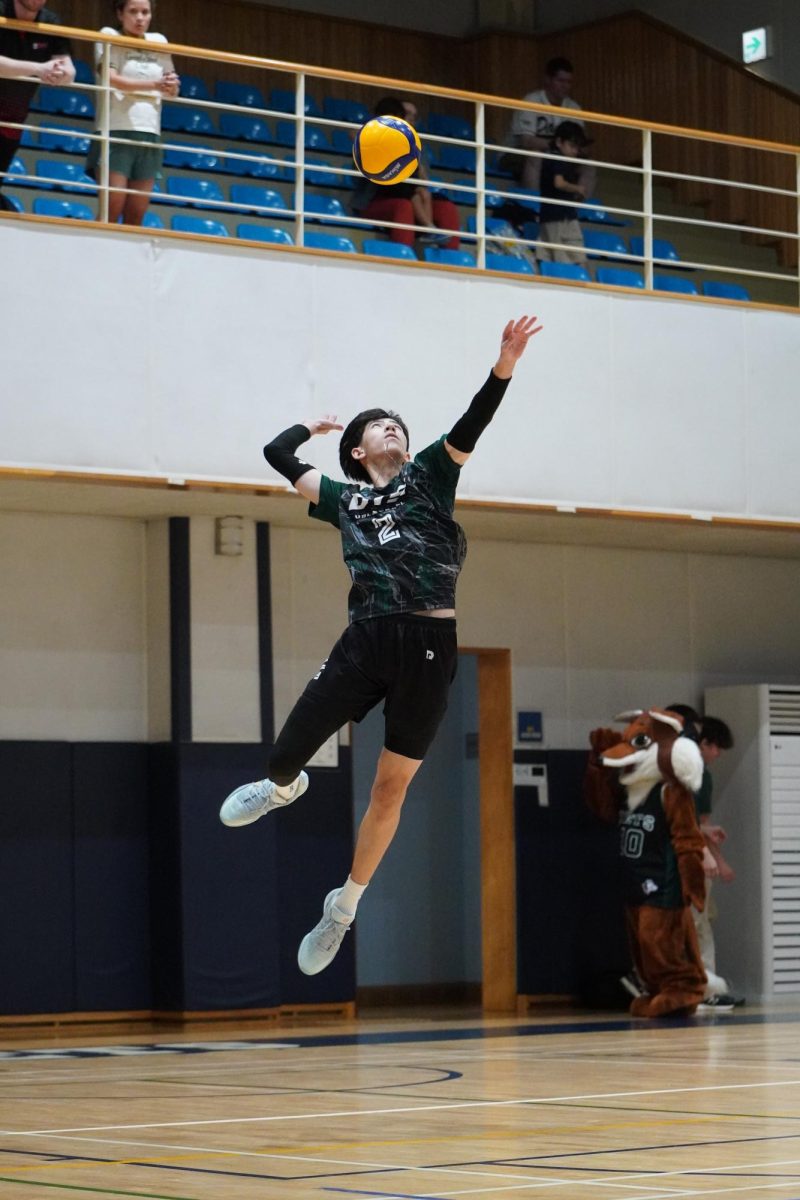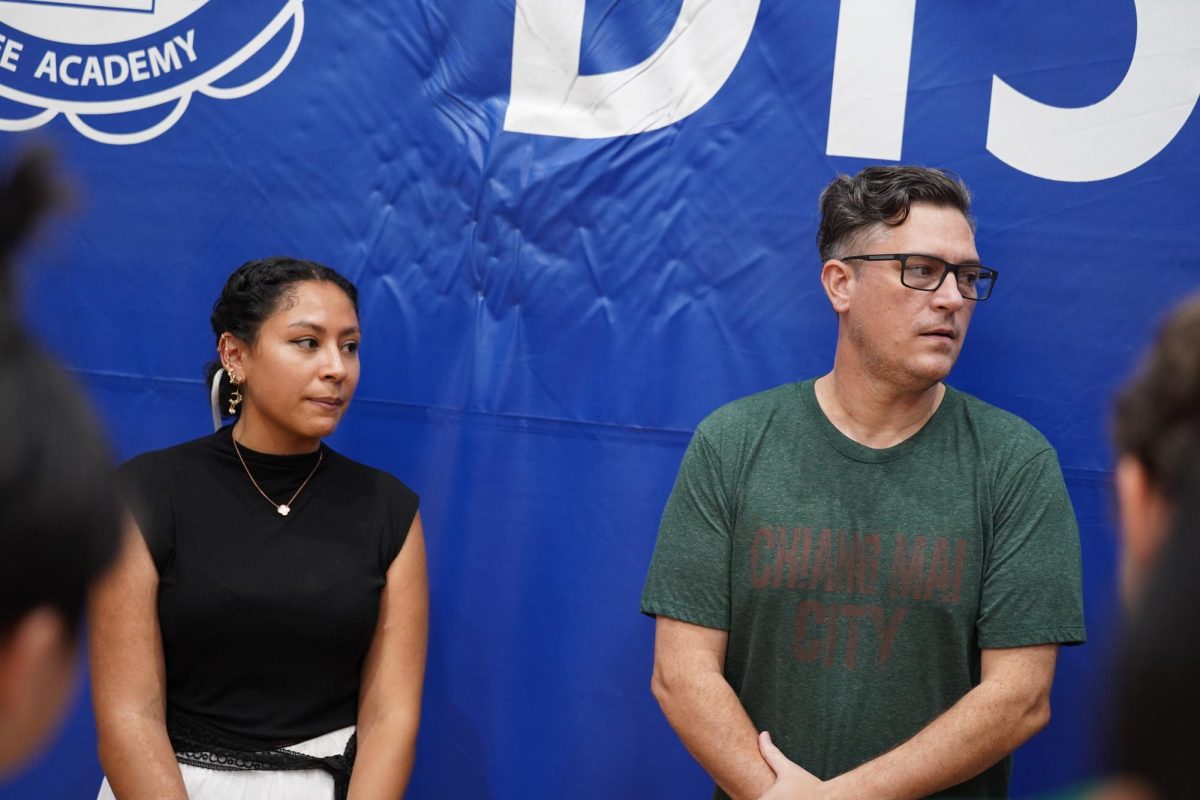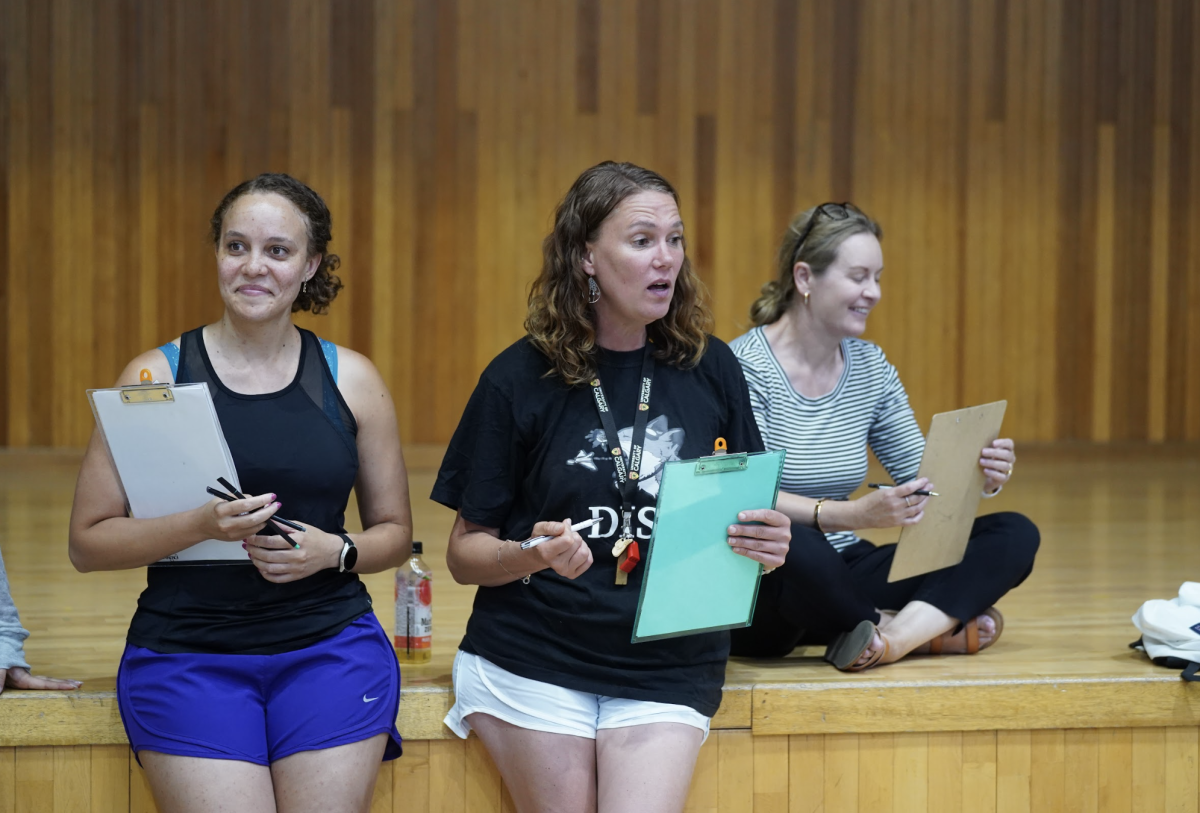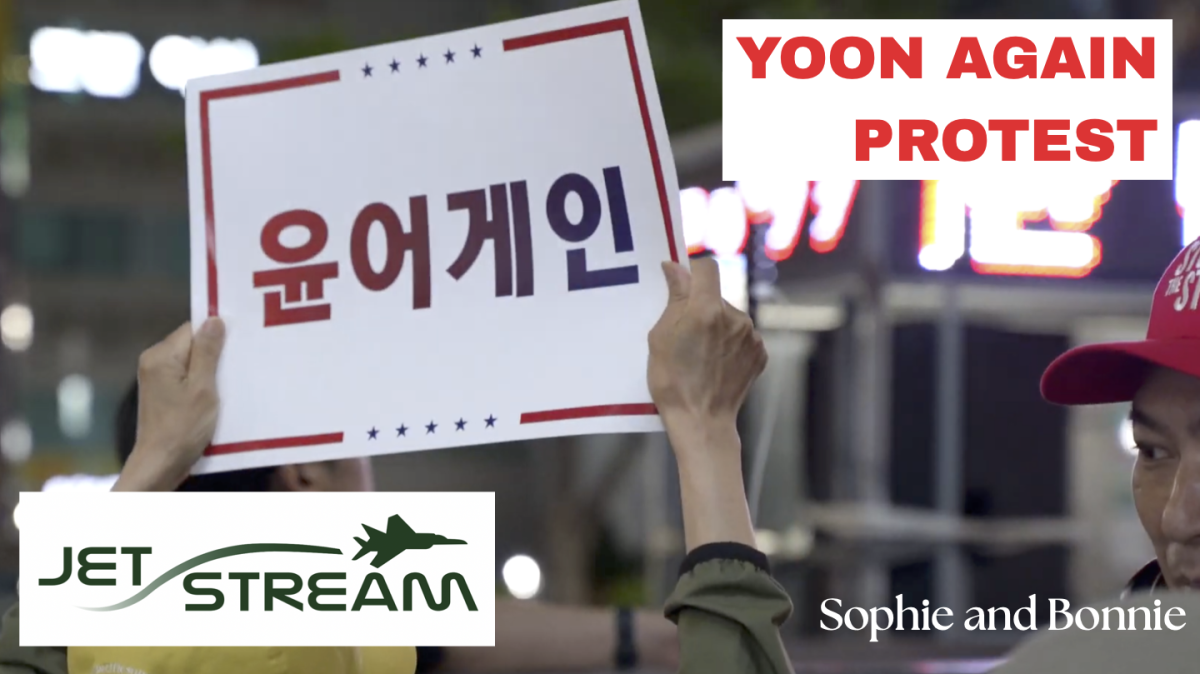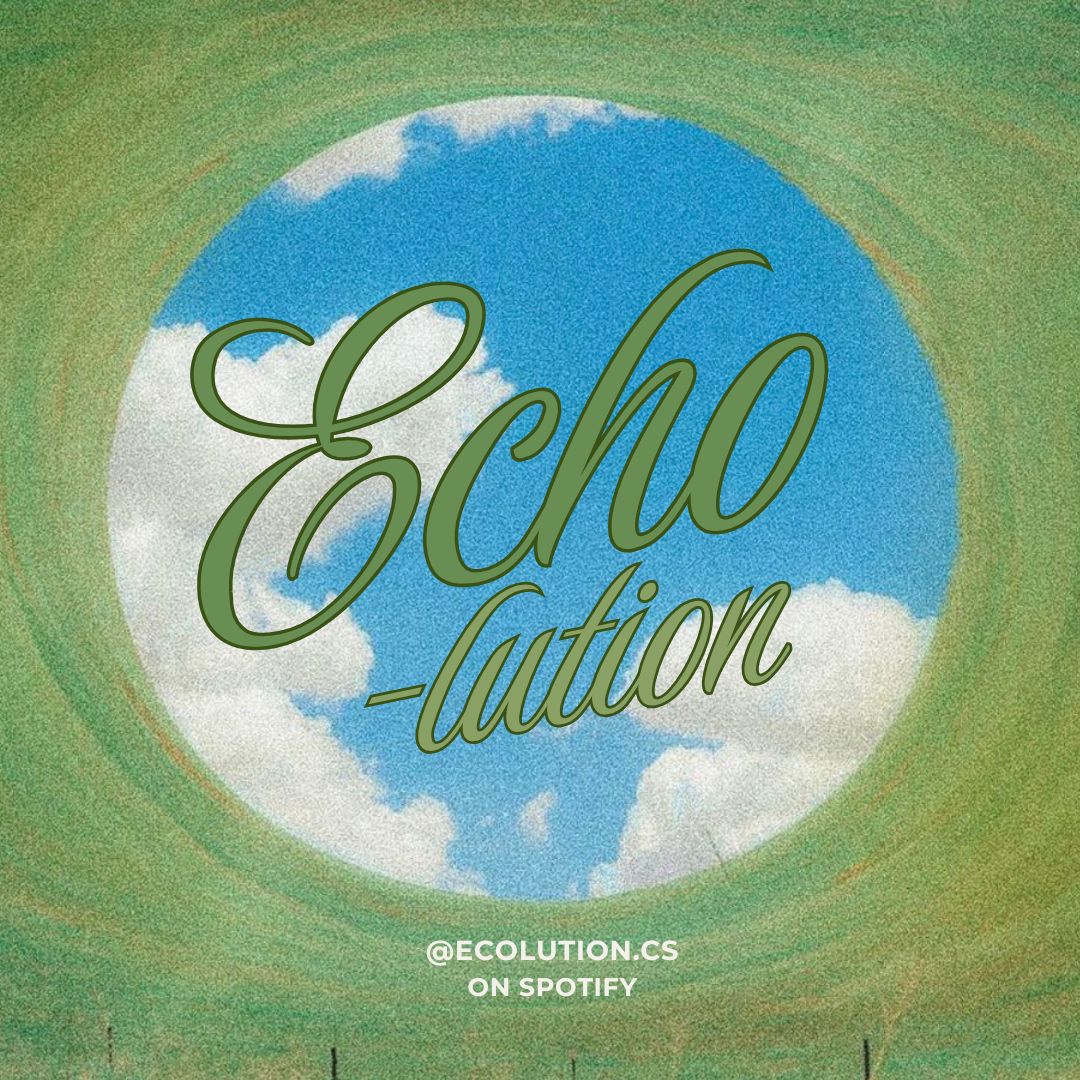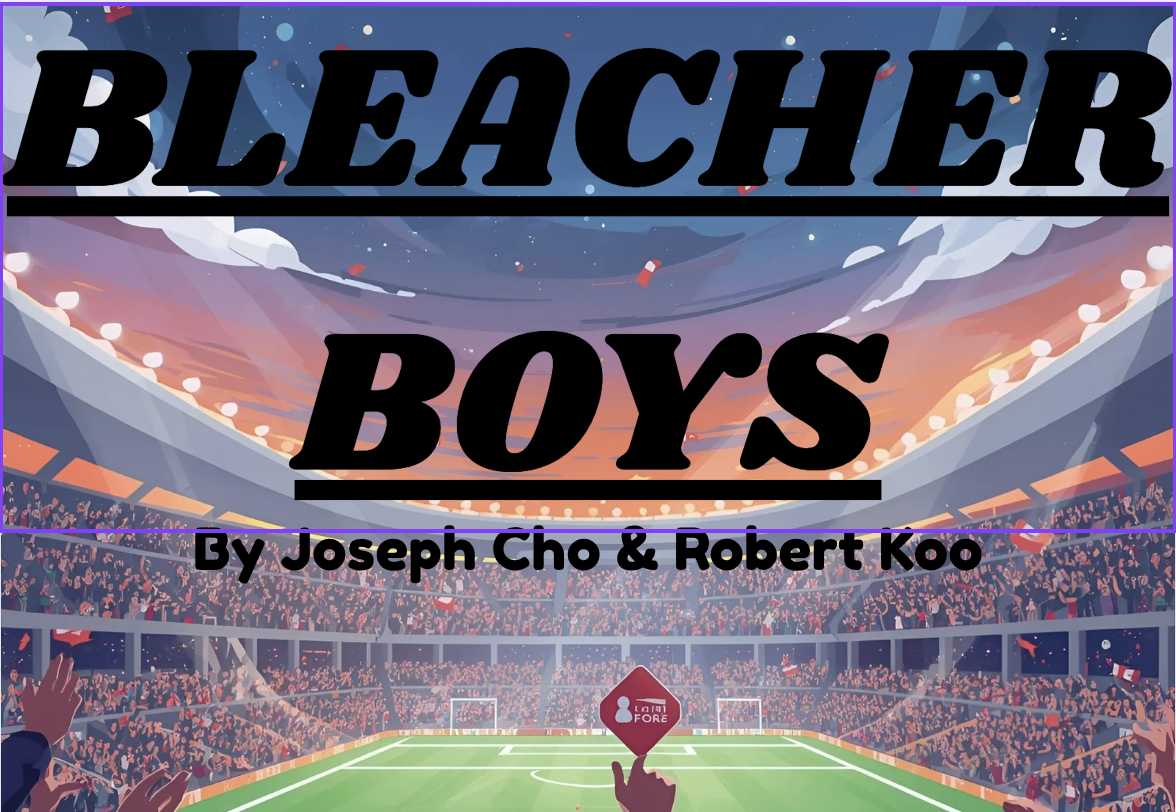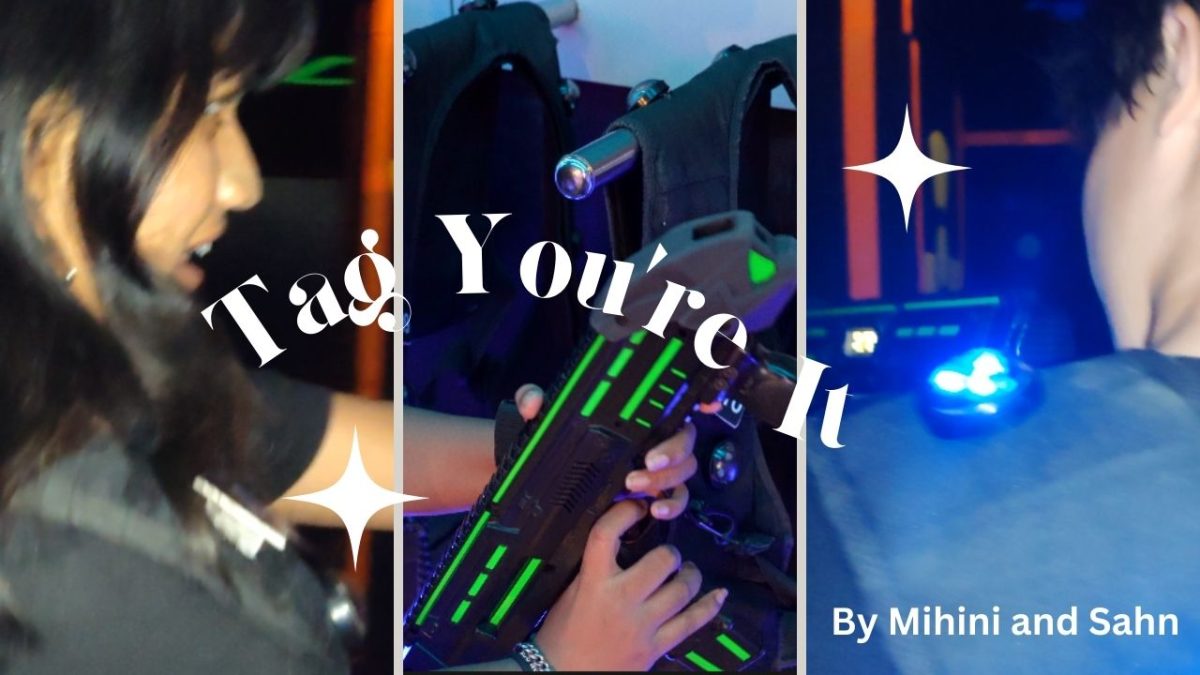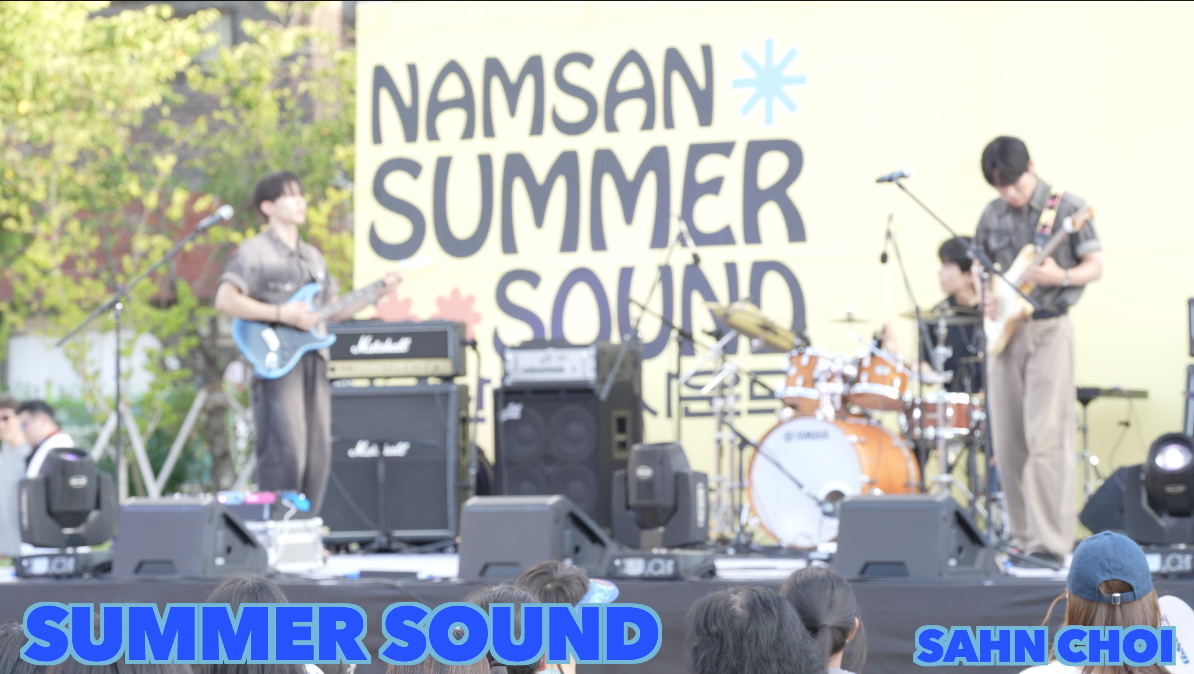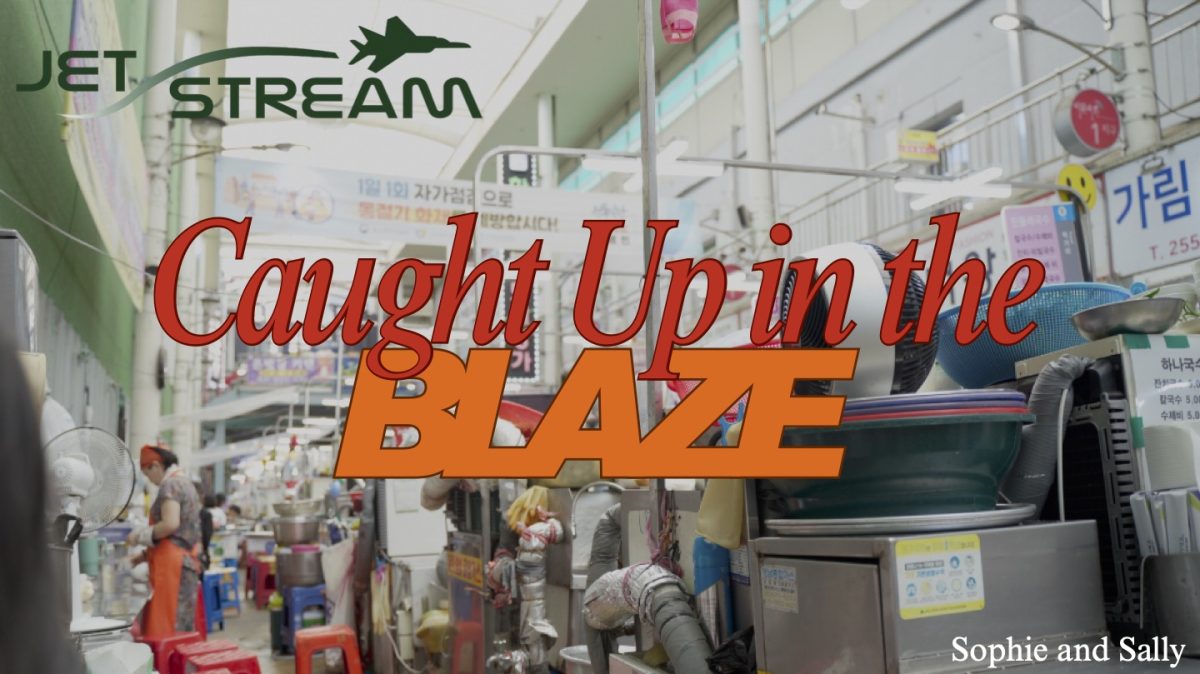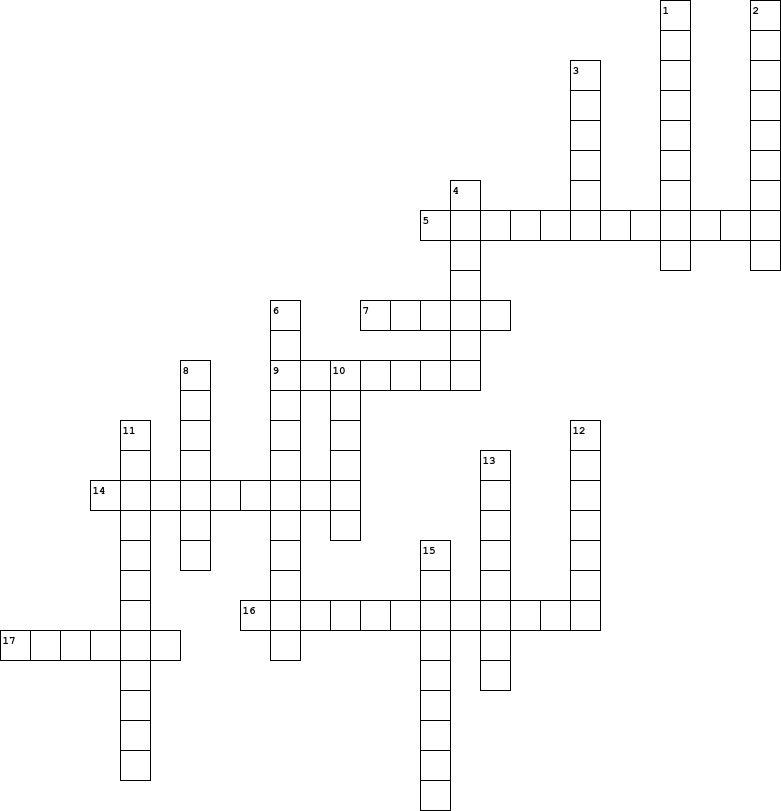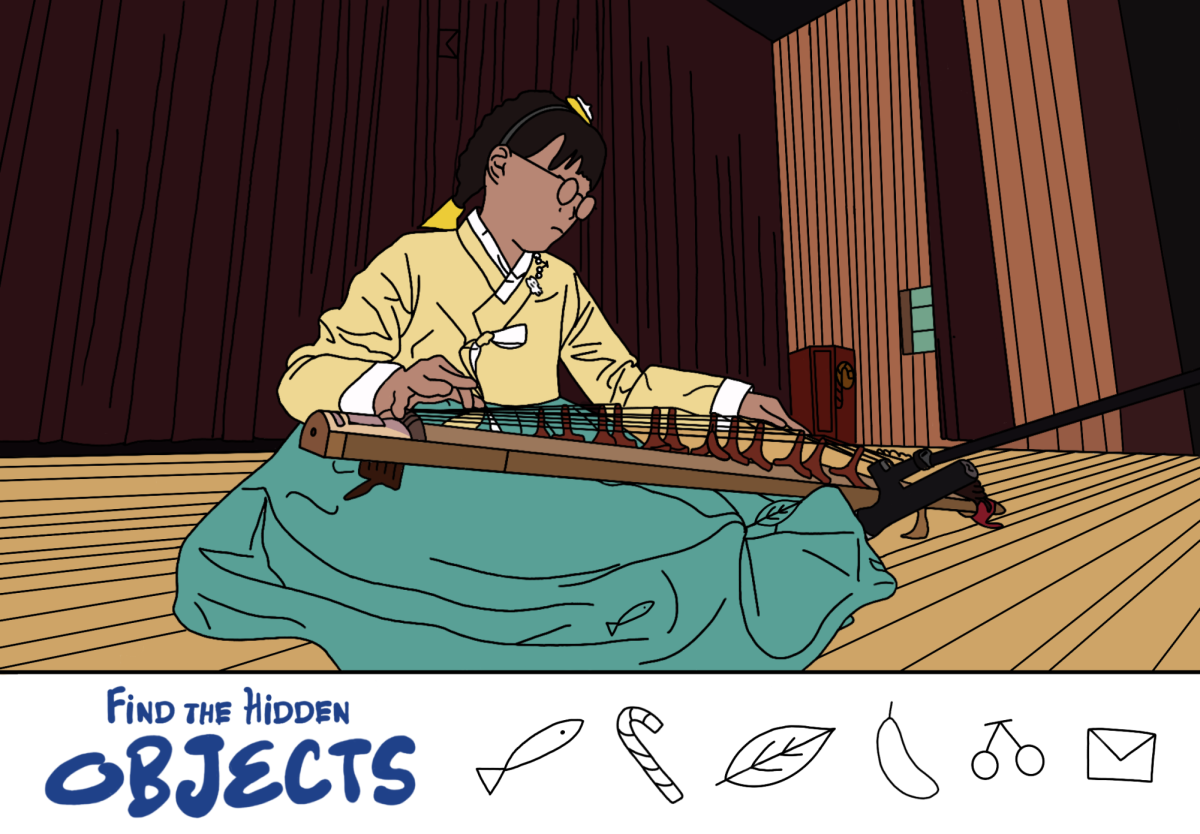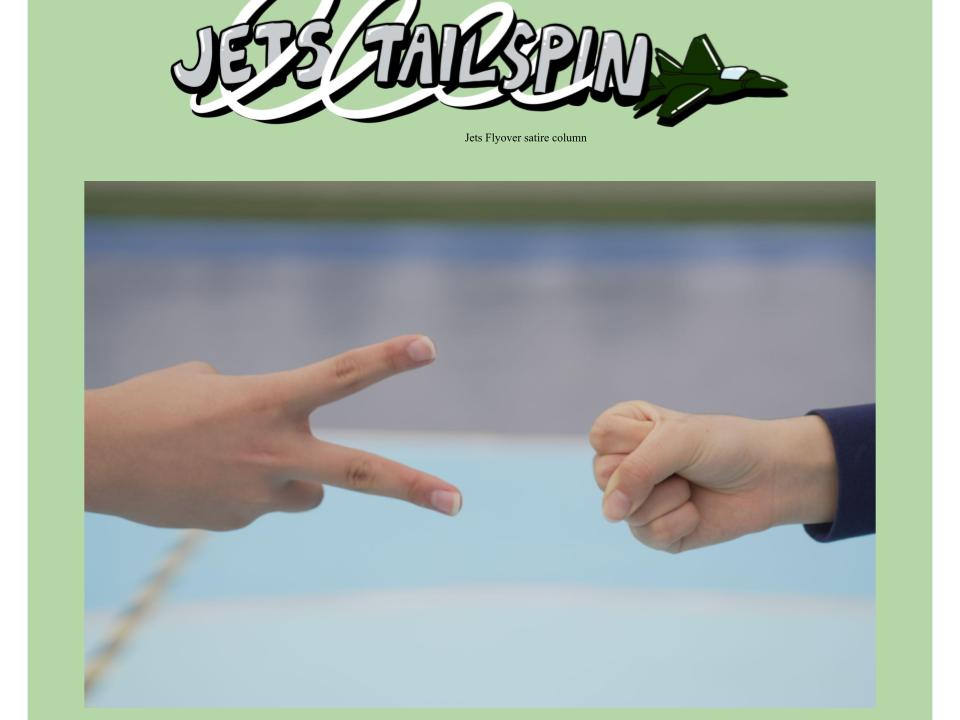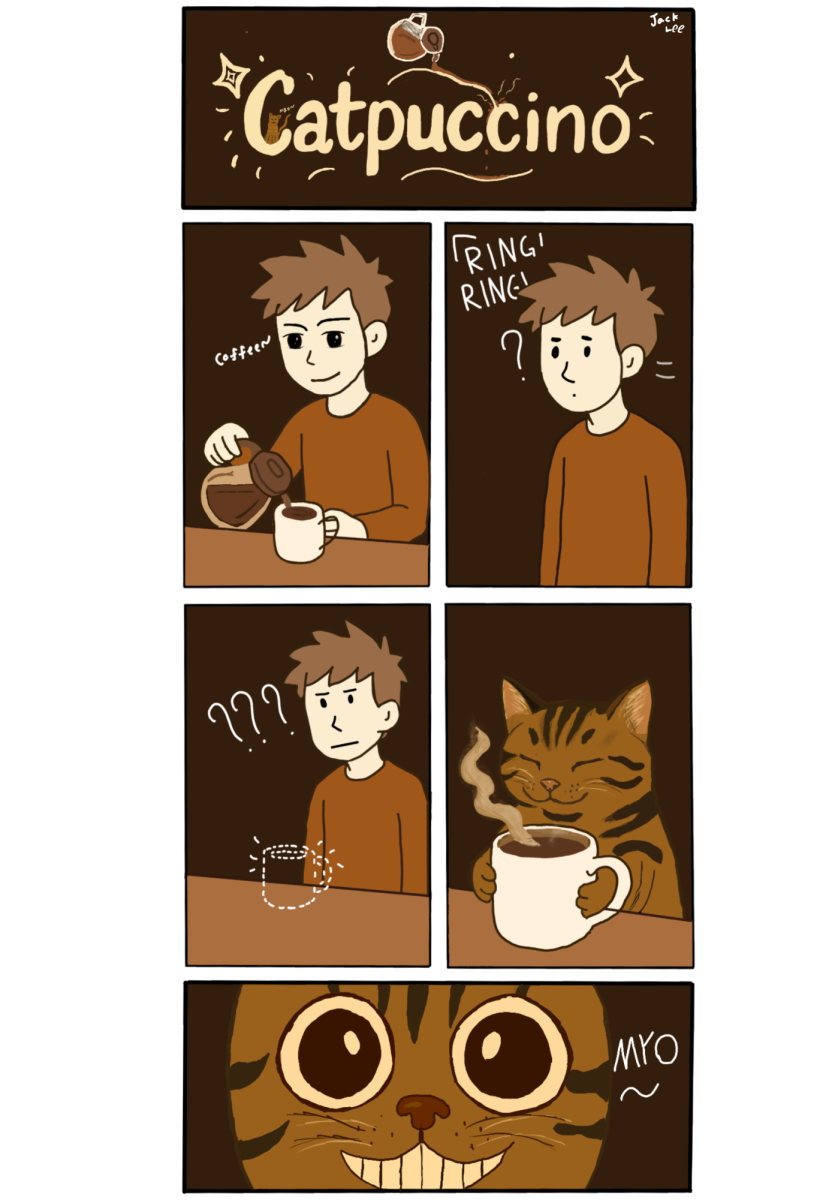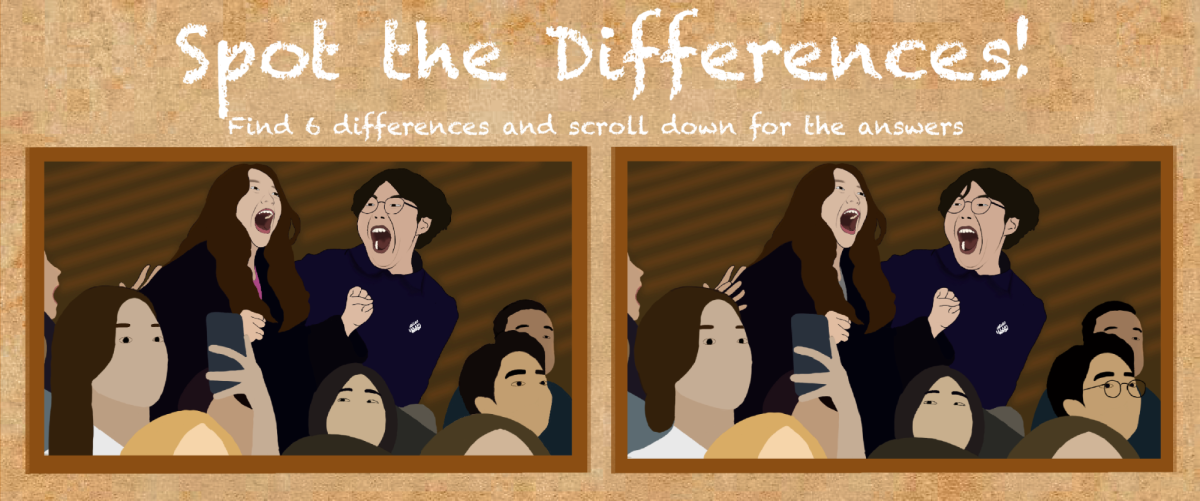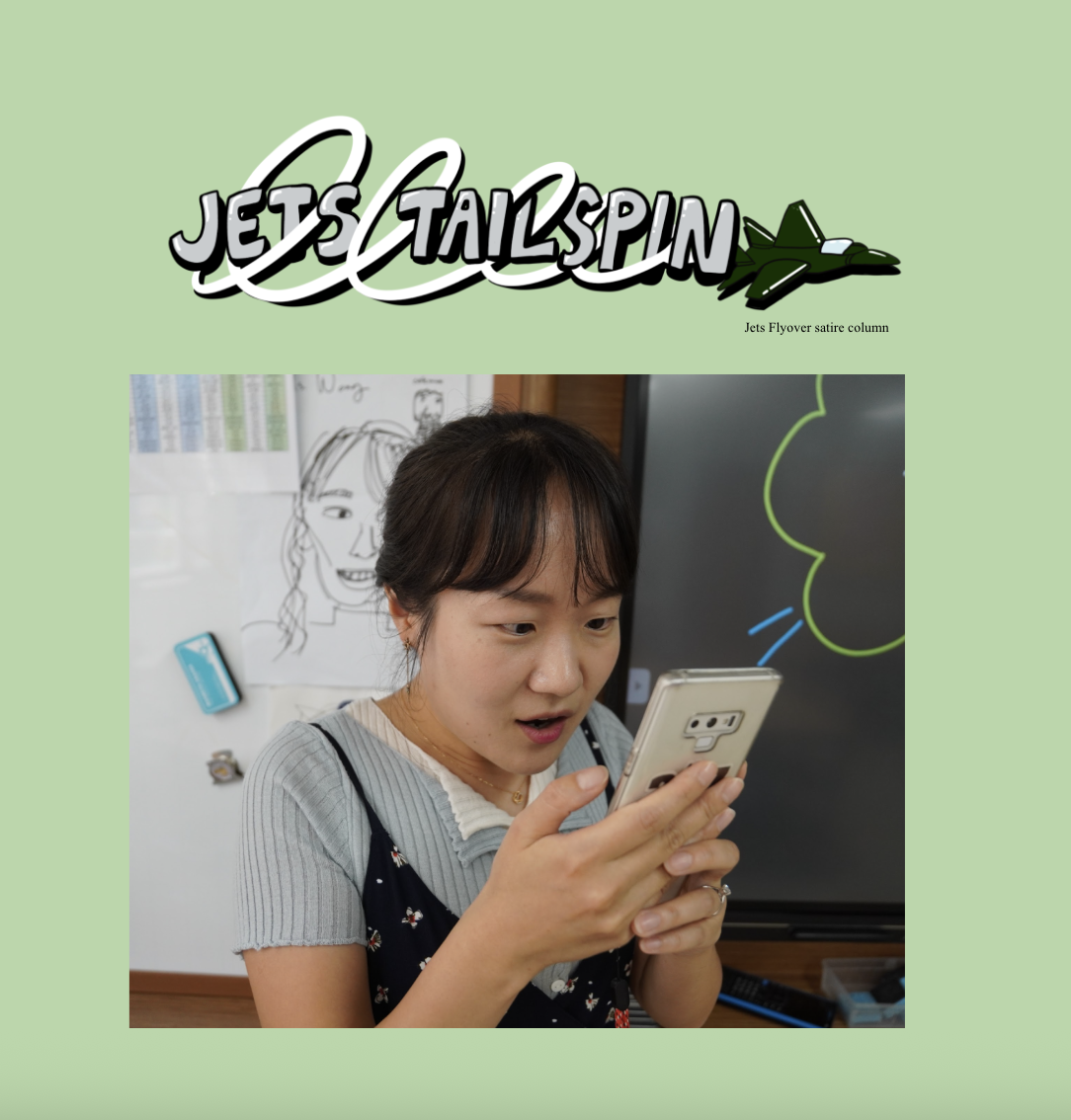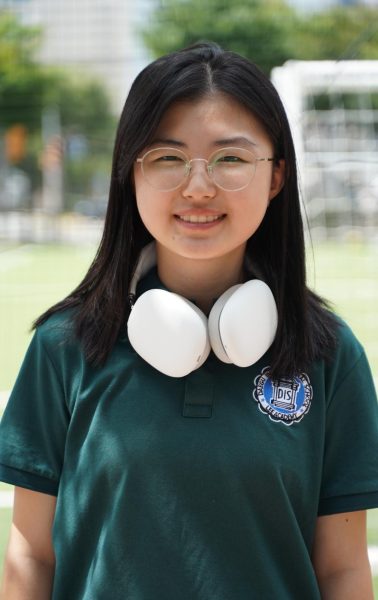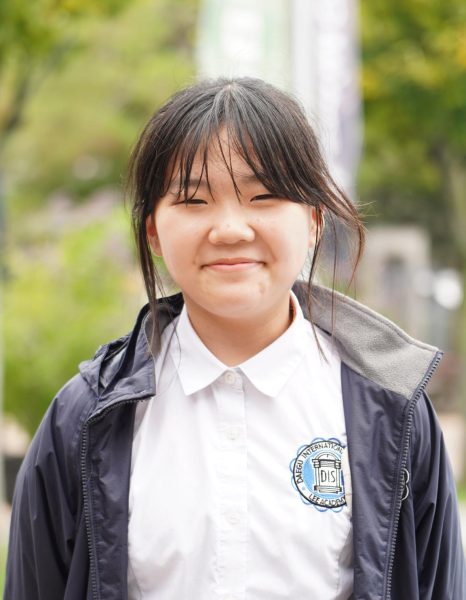After a quick shutter, a Gollini (골린이) rushes off the tee, in a hurry to post the memorable event on social media. A compound of the words golf (골프) and child (어린이), ‘Gollini’ became a ubiquitous identity as newbies of all ages embraced the moniker amidst the COVID lockdown. Despite the omnipresence, due to recent economic woes, participation ultimately decreased.

Golf surged in popularity due to the Korean government’s prohibition of meet-ups in groups of five or more throughout the early 2020s. The sport lent itself well to safety measures as it occurs outdoors, free from physical contact. “During the pandemic, the golf population drastically increased. I definitely noted the increase in younger generations’ participation in the sport,” Seung-jun Jang, local golf shop owner, said.
Styled for the feed

Influencers burgeoned the prevalence as they farmed for content. Expensive gear, trendy fits and overpriced green fees — all quite big expenditures — contributed to the materialistic façade of a wealthy content creator. This masquerade did not limit invitees, however; the efforts to maintain such appearances became a broader social signal, a symbol of status rather than passion for the sport.
The efforts were mirrored in the beginner’s approach to the game. “Newcomers these days want to pick it up quickly. In the past, people would learn thoroughly before heading out to the course, but now they want to hit the field after just a month of lessons. Everything’s rushed,” Seung-won Lee, professional golf coach, said.
Justified by the rush of likes and comments, the arduous art of mastering fundamentals faded to the background in favor of Instagrammable moments — thus skills became secondary. Even this leisurely hobby translated into a competition for validation.
Golf drains the wallet of the average Gollini: a visit to the range costs 400,000 KRW (270 USD), 10 percent of the Korean median monthly income. In addition, shallow noobs seek the latest models. “Clubs are expensive, clothing too—the prices are generally high. And you can’t just play with one thing. It’s not just about having a driver. You need a wood, putter, wedge—there’s a lot, so it definitely costs money,” Lee said.
Besides irons and woods, Gollinis spend an extra 300,000 KRW (215 USD) on every outfit. Due to this, the golf wear market grew by 10%, to nearly 6 trillion KRW (roughly 5 billion USD) from 2020 to 2022. Advertisements pinpoint athletes of all demographics, especially people that overspend on the hobby. “As a part of the industry, I’ve noticed that many golf clubs and fashion brands are targeting a younger demographic, leading to the emergence of many new brands,” Jang said.
Yet, the economic downturn revealed how quickly superficial engagement collapses. Sales decreased by more than 10% in 2024, as brands scrambled to offload excess inventory. Meanwhile, sales on Carrot Market, a secondhand auction platform in Korea, surged 119%, as once eager Gollinis attempted to recoup their lavish investments.
The unsustainable future of conspicuous consumption
The fallout did not merely reveal a drop in participation, it exposed the nonviability of a status-driven culture. The fact that popularity dropped so sharply after the bubble burst highlights the absurdity of show-off culture — never genuine passion, but rather conformity for a fleeting trends. As the brief fad fades and the newbies jump ship, the sport of golf will always remains for the original true hobbyists, but now their passion is weighed down by higher costs and elitism.
Again, for many Koreans, the steep cost of participation presents the most significant hurdle. “Korea doesn’t have a particularly low number of golf courses relative to its population, but it’s true that the usage fees are expensive,” Jung said. “In Korea, there are courses that charge green fees, but while many similar countries have affordable options as well, Korea doesn’t really have low-cost courses across the board. So yes, it is definitely a barrier. I think golf can only become truly popular if we see an increase in more affordable courses.”
Superficiality morphed into an extravagant show-off contest—the embodiment of Korea’s hype-fueled consumerism. Social media drove up golf’s pandemic-era popularity but simultaneously exposed the vain culture. As Gollinis rushed to the fairways in exchange for Insta clout, the line between passion and superficiality blurred. Unless golf becomes more accessible—less about status, more about substance—the future remains bleak for lifelong enthusiasts.




